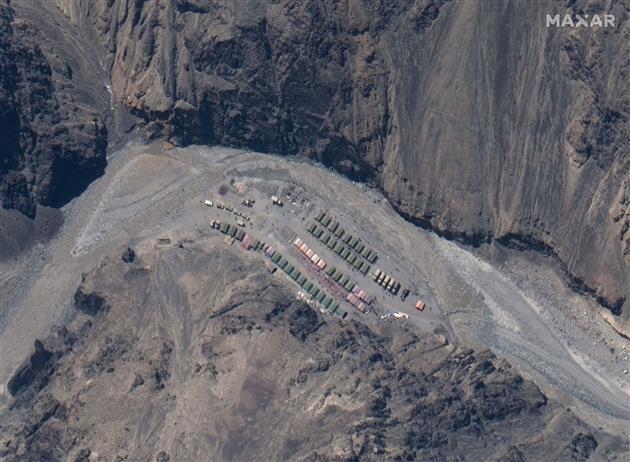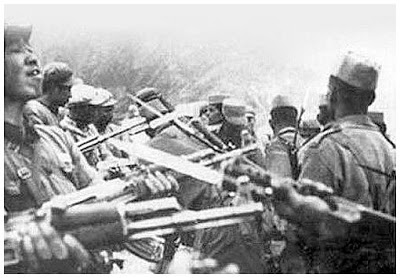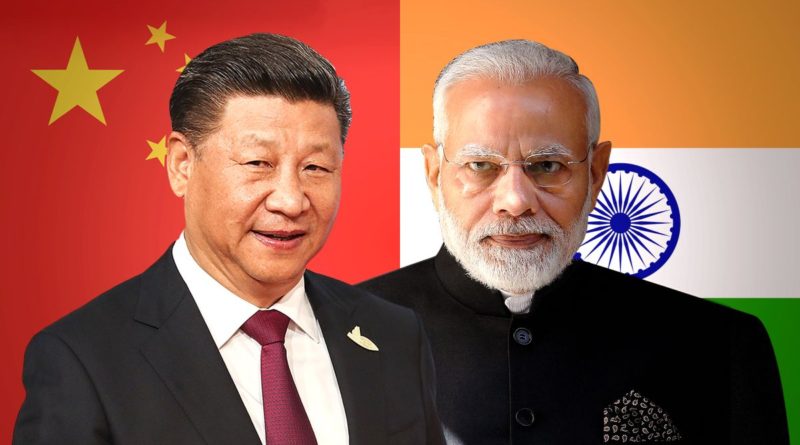LAC: Everything to know about the India-China Border in a Nutshell
Indians were taken aback due to the tension between India and China. Citizens of the nation were infuriated with the casualties faced by the Indian soldiers in a recent face-off. Many rumours and tales were doing rounds in the country relating to the LAC (line of actual control.) What one needs to understand is like any other international border, LAC too has a history, and a unique definition. This article will divulge everything one needs to know about the LAC and how it has led to the recent scuffles between the two armies.
WHAT IS LAC?
More often than not, LAC is mistaken for LOC (line of control.) LOC is the demarcated border that gives a clear separation between India and Pakistan. Whereas, LAC is more of a theory; a border roughly agreed upon but never physically drawn. One will not find LAC on the maps simply because of its ideological existence. The border which seemingly separates India from China is LAC, and there is no specification for its depiction.
WHERE IS ITS ALIGNMENT?
There is no specific alignment of LAC. However, there is a rough idea for the same. Both China and India have different locations of the alignment. Some areas which are administered under India since many years are now being claimed by China. One can safely say that LAC according to the Indians runs from North Ladakh to Naku La in Sikkim covering over 1,100 kilometers.
WHAT HAPPENED IN GALWAN VALLEY ON JUNE 15?
The face-off on June 15 between the two armies broke a stand-off. Over a month back, Indians had noticed Chinese movement near the border. There was a clear mobilisation of military weapons and the military itself on the LAC. Indian army was on alert, and both the armies practiced a stand-off near or on the LAC.
The first time we were acknowledged with this tension was on May 10. There were frequent clashes between the soldiers of the two armies before dated May 9 in Naku La in Sikkim and May 5-6 in Pangong Tso Lake area. These clashes didn’t result in any demised soldiers on either side of the LAC. There were of course injuries.
Skipping directly to June 15, the two armies clashed again during the night. This time, there were severe casualties on both sides. 20 Indian soldiers died. Media also revealed that the clash injured 76 of other soldiers. The figures for the same on the Chinese side are indefinite. However, sources believe that the number of dead Chinese soldiers were around 35-40. The Chinese claimed that Indian soldiers provoked them right before the fierce encounter. India claims otherwise.
WHY DID THE CHINESE TROOPS MOVE SO CLOSE TO THE LAC?
There are various conspiracies to this question. The main reason links to the announcement of the placement of the China-Pakistan Economic Corridor (CPEC). Ever since that, the Chinese were concerned about their investments and their assets and declared that India must first resolve the Kashmir issue with Pakistan before trying to ease the situations with China. However, after the abrogation of article 370 and 35-A when India made its part of administration on Kashmir clearer, the Chinese were confused and dreaded given that they had many assets of theirs at the Karakoram area. They were apprehensive of the possibility of India taking a similar action on the LAC. Although India made it clear that the steps were taken only for the Kashmir issue, Chinese armies near the LAC did not recede and started making claims on locations like Aksai Chin, Galwan Valley, parts of Pangong Tso Lake, etc.

IS THERE A HISTORY BEHIND ALL OF THIS?
Yes, there have been similar clashes between the two countries for the LAC. The most famous one is the Sino-Indian war of 1962. Since then, China always gave different locations for the LAC. Both the countries couldn’t ever completely agree to the location of the LAC understood by either.

IS DISENGAGEMENT POSSIBLE?
Many believed that disengagement or withdrawal of the Chinese was not possible until India gave them a huge concession. However, India stood its ground and refused to submit. On June 24, the news channels happily put on broadcast the agreement of China to recede. India will monitor this movement of the Chinese back to their former position up close.
FUN FACT:
Both the armies were heavily armed. But, neither open-fired due to the agreement of 1996. The agreement stated that neither China nor India can open fire, use hazardous chemicals or practice any other activities that can lead to bio-degradation within 2 kilometers from the line of actual control. They used stones and other conventional weapons to attack.






I got a lot of information from this😁
Informative !